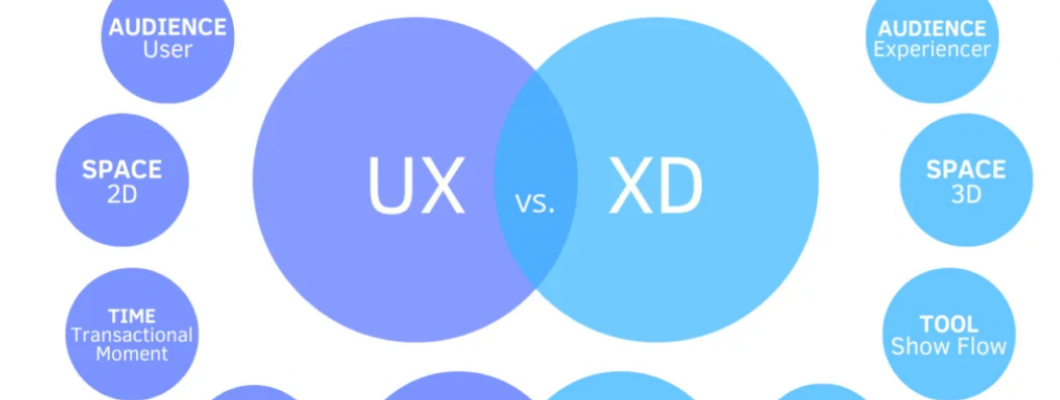
In today’s digital-first world, a brand’s identity is no longer just about its logo, colors, or tagline. It’s about how people experience the brand across every touchpoint websites, apps, emails, and social platforms. User Experience (UX) has evolved from a design discipline into a defining force behind brand perception. The best brands today don’t just tell stories they create seamless, meaningful, and emotionally resonant experiences that make users feel connected and valued.
The Shift from Visual Identity to Experiential Identity
Traditionally, branding revolved around visual consistency logos, typography, color schemes, and tone of voice. While these elements remain important, they now serve as just one part of a larger ecosystem. Modern consumers don’t engage with static visuals; they interact, click, scroll, and navigate. Each interaction shapes their perception of the brand.
UX brings branding to life. When users enjoy an effortless, intuitive experience, it reinforces trust and loyalty. Conversely, a confusing interface or frustrating checkout process can damage even the strongest brand image. In 2025 and beyond, the new rule is clear: experience defines identity.
Why UX is Now a Core Branding Element
Consistency Builds Trust
A unified experience across channels mobile, desktop, or app creates reliability. When users know what to expect, it builds subconscious trust. UX ensures that your design language, navigation, and tone remain consistent across landing pages and customer support chatbots.
Emotion Drives Connection
Branding thrives on emotion. UX design can subtly evoke feelings through color psychology, motion design, microinteractions, and tone of copy. A delightful animation, a clear confirmation message, or even a simple thank-you screen can make the experience feel human and personal.
Customer-Centric Design Wins Loyalty
UX design focuses on empathy understanding user pain points, motivations, and expectations. When a brand solves real user problems elegantly, it creates a sense of care and reliability. This emotional connection turns one-time users into loyal advocates.
Function Meets Storytelling
Every click tells a story. Through UX, brands can weave their values and purpose into interactive journeys. For instance, an eco-friendly brand can reflect sustainability not only in its messaging but also in its lightweight, energy-efficient website design—a subtle yet powerful expression of its mission.
How UX Strengthens Brand Identity
Clarity and Accessibility: Good UX simplifies navigation and accessibility for all users. Inclusive design demonstrates a brand’s commitment to diversity and equality.
Speed and Performance: Fast-loading pages and responsive layouts communicate professionalism and respect for users’ time.
Visual Cohesion: Consistent use of design systems, icons, and UI patterns ensures brand recognizability even without logos.
Personalization: Tailored recommendations and adaptive interfaces make users feel seen and understood, reinforcing brand affinity.
Case Study: Brands that Blend UX and Branding
Apple: Apple’s minimalistic, intuitive design approach is not just a UX strategy—it’s the brand identity. Every product, website, and interface reinforces its philosophy of simplicity and elegance.
Airbnb: The brand’s UX mirrors its message of belonging. Clean layouts, human-centered imagery, and seamless booking experiences reflect its purpose—making people feel at home anywhere.
Spotify: Spotify’s fluid interface, personalized playlists, and motion design embody its brand identity: vibrant, adaptive, and emotionally tuned to the listener.
These brands don’t just design interfaces they design experiences that tell a story.
The New Branding Equation: UX + Emotion + Consistency
Branding today is an ecosystem of experiences. A logo might catch attention, but UX keeps it. To thrive in this era, brands must blend emotional storytelling with frictionless usability. Every scroll, tap, and transition becomes an opportunity to reinforce what the brand stands for.
A positive user experience creates memories and memories form brand loyalty. The easier and more enjoyable your digital experience, the more likely users are to associate your brand with trust and satisfaction.
Designing Your Brand’s UX Identity
To align UX and branding effectively, follow these steps:
Define Core Emotions: Identify how you want users to feel when interacting with your brand—empowered, inspired, reassured?
Map the User Journey: Understand every touchpoint and how it contributes to the overall brand experience.
Create a Unified Design System: Ensure consistency across web, app, and marketing materials with shared color palettes, typography, and UI elements.
Use Storytelling in Interactions: Incorporate micro-moments that tell your story—animations, progress bars, and success messages that reflect your personality.
Test and Evolve: Regularly gather feedback. UX-driven branding is iterative—brands grow as experiences improve.
Future of Branding: Experience as Differentiator
In 2025 and beyond, brands that prioritize experience will lead the market. Consumers can easily find alternatives, but they’ll stay loyal to brands that feel right. Whether it’s through voice interfaces, augmented reality, or personalized AI-driven recommendations, UX will remain the foundation of emotional, memorable branding.
Conclusion
“UX meets Branding” is more than a design philosophy it’s a survival strategy in a digital-first world. Experience is now identity. The brands that understand this are not just creating users; they’re cultivating advocates, communities, and emotional connections that last.
When your UX tells your story effortlessly, your brand doesn’t just stand out—it stands for something.

Leave a Comment